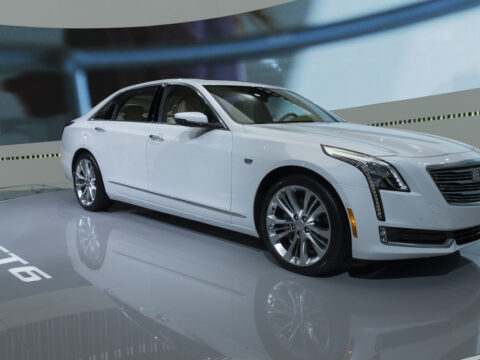In the ever-evolving landscape of automotive technology, car infotainment systems stand at the forefront, seamlessly blending entertainment, information, and connectivity within our vehicles. This exploration sheds light on how these technological marvels impact everything from driving experience to vehicle design and user privacy. As we unveil these hidden facets, we gain a deeper understanding of the complexities and implications of infotainment systems in modern cars, revealing a blend of innovation, convenience, and controversy.
Contents
Potential for Increased Vehicle Weight and Fuel Consumption

Advanced infotainment systems can add significant weight to a vehicle due to their complex hardware components. This increase in weight, though often overlooked, can impact the vehicle’s fuel efficiency. While the effect might be minimal for each individual car, collectively, it contributes to greater fuel consumption and higher emissions in the automotive sector.
Software Glitches and Reliability Issues
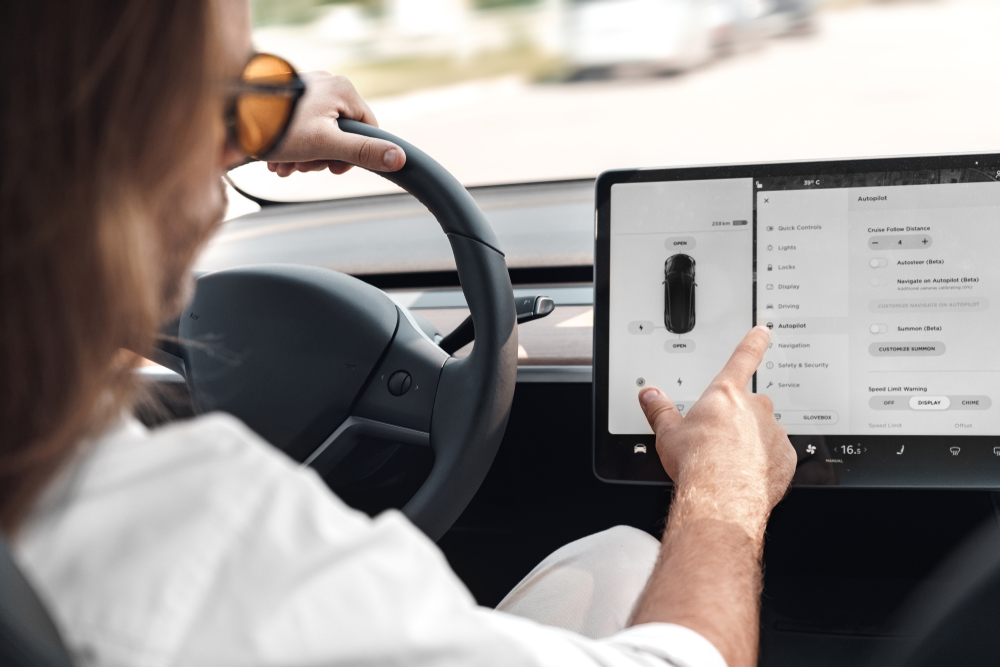
As infotainment systems become more sophisticated, they are also prone to software glitches and reliability issues. These can range from minor annoyances like unresponsive touchscreens to major problems that might affect essential vehicle functions. Such issues not only inconvenience drivers but can also lead to costly repairs and recalls, raising questions about the long-term reliability of these high-tech systems.
Impact on Vehicle Resale Value

High-tech infotainment systems can be a double-edged sword when it comes to a vehicle’s resale value. While they may initially attract buyers, the rapid pace of technological advancements can quickly render these systems outdated. An outdated infotainment system can negatively impact the resale value of a vehicle, as newer buyers might seek the latest technology.
Compatibility Issues with Mobile Devices

Infotainment systems that rely on integration with smartphones, like Apple CarPlay and Android Auto, can face compatibility issues. As smartphone manufacturers update their software, there can be periods where the phone may not properly interface with the vehicle’s system, leading to frustration for users who rely on this connectivity for navigation, music, and communication.
The Learning Curve and Technological Divide

Modern infotainment systems, with their extensive features and complex interfaces, can present a steep learning curve for some users, particularly those who are not tech-savvy. This technological divide can lead to a lack of utilization of many features and can even alienate certain buyers, particularly older drivers who might prefer simpler, more traditional controls.
Impact on Driver Distraction

While infotainment systems offer increased convenience, they also pose a risk for driver distraction. Studies have shown that complex interfaces can take a driver’s attention away from the road, leading to safety concerns. This has prompted manufacturers to design more intuitive systems and encouraged the development of voice-activated controls.
Data Collection and Privacy
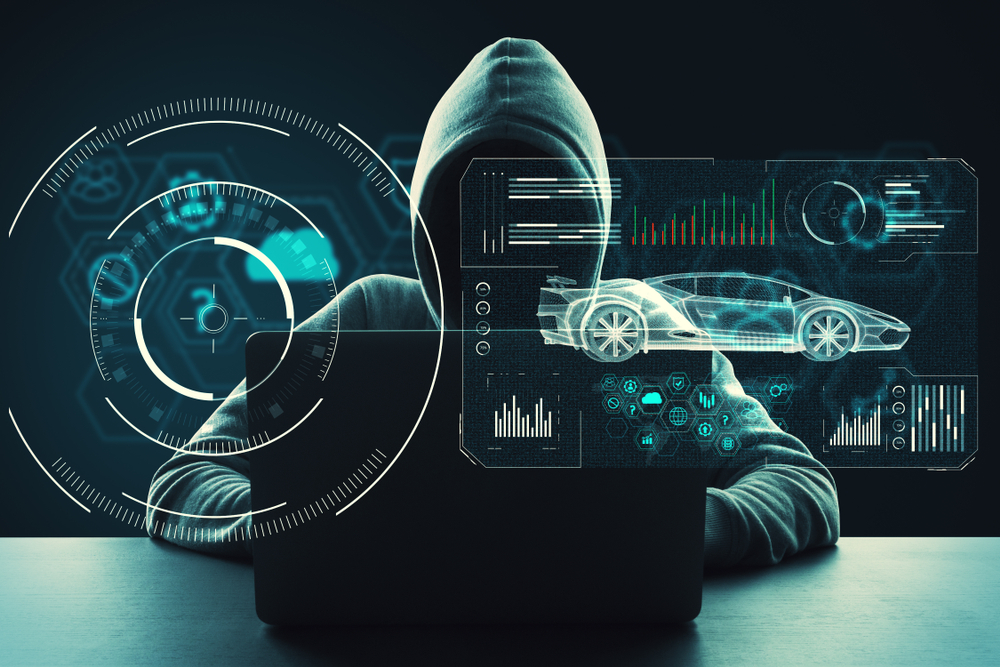
Modern infotainment systems can collect a wide range of data, including location, driving habits, and even contacts from connected smartphones. This raises privacy concerns, as there is often ambiguity about how this data is used and who has access to it. Consumers are increasingly aware of and concerned about these privacy issues.
Over-the-Air (OTA) Updates
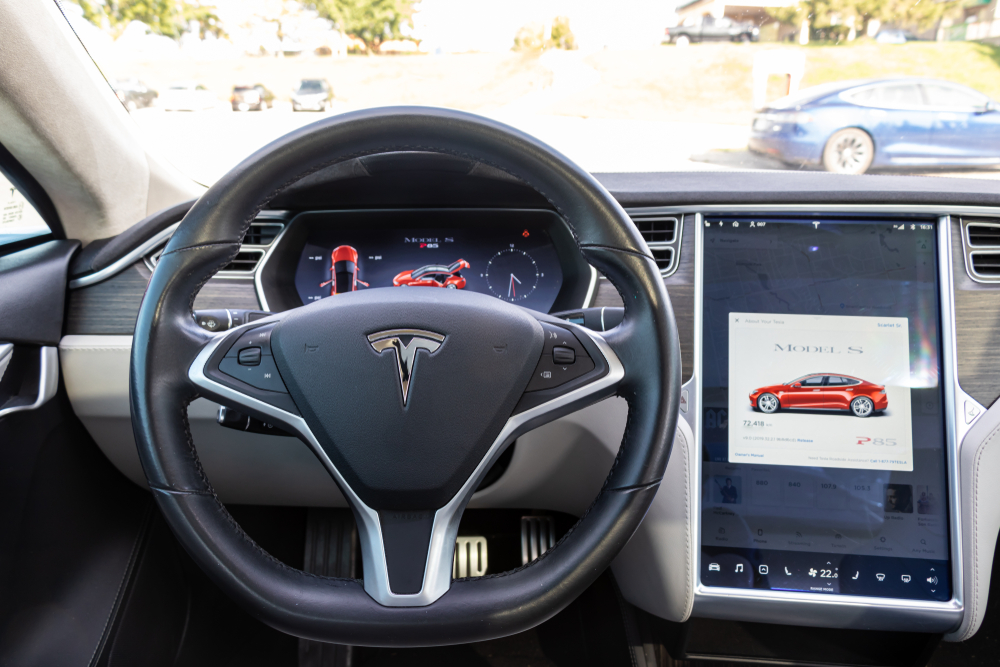
Over-the-air updates, a feature popularized by Tesla, allow car manufacturers to update the infotainment system’s software remotely. This means that new features, improvements, or bug fixes can be added without the need for a physical visit to a dealership, a convenience that is becoming increasingly common in new vehicles.
Customization and Personalization
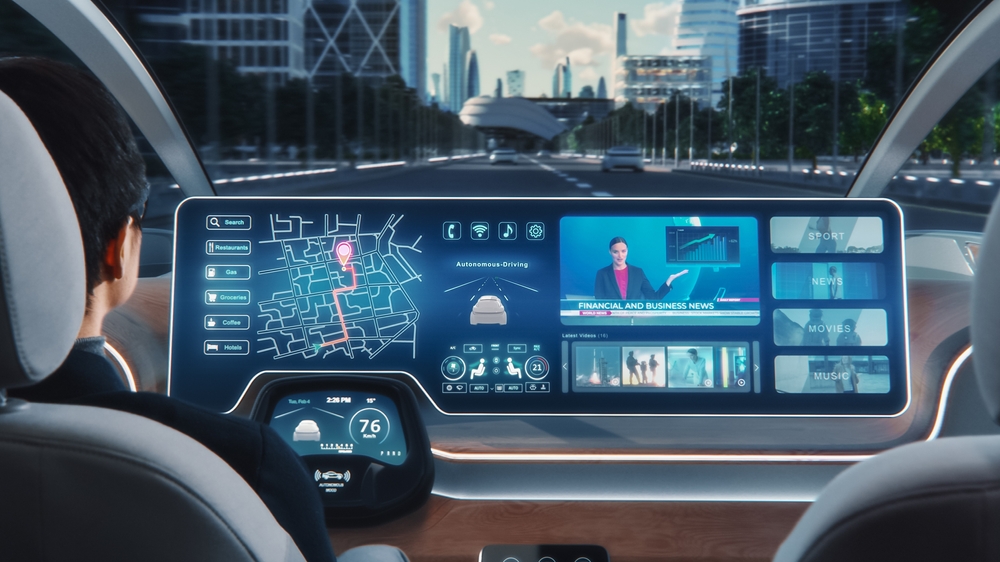
Infotainment systems now offer extensive customization and personalization options. Users can often change themes, rearrange icons, and set up profiles with their preferences. This enhances the user experience, making interaction with the infotainment system more personal and enjoyable.
Future Trends: Integration with Autonomous Driving
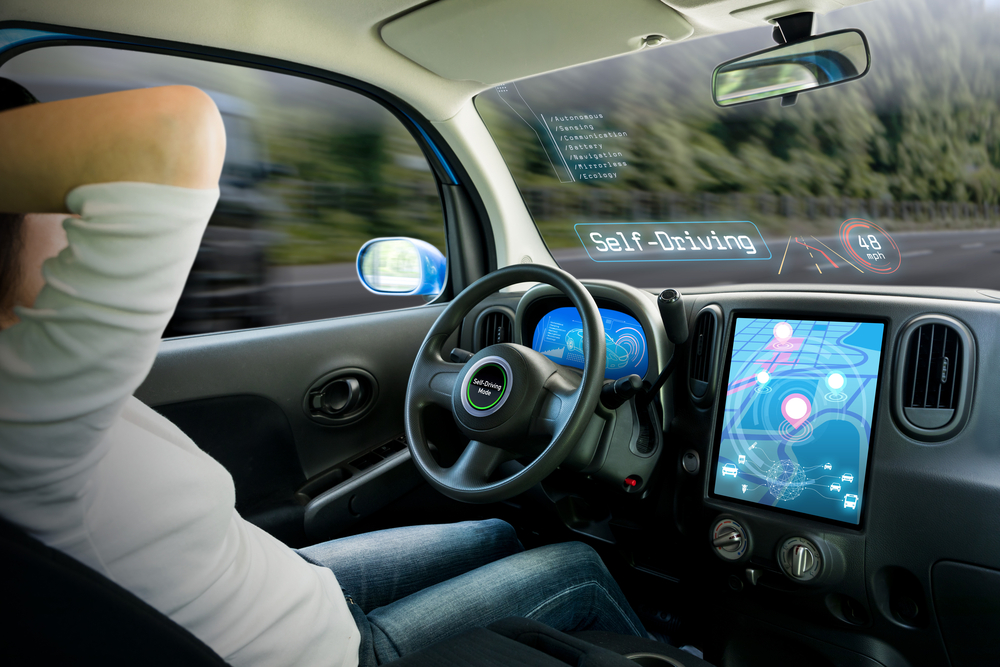
As autonomous driving technology evolves, infotainment systems are expected to become even more central to the driving experience. They will likely play a key role in keeping passengers informed and entertained when the need for manual driving is reduced, potentially transforming into interactive hubs for work, communication, and relaxation.
This article originally appeared on MyCarMakesNoise.
More from MyCarMakesNoise
21 Cars Built to Last Beyond 250,000 Miles

Choosing a car that offers both reliability and longevity is crucial for many drivers. They seek vehicles that not only fulfill daily requirements but also have the ability to surpass significant mileage milestones with minimal complications. Read More.
21 Affordable Vehicles Ready to Conquer Any Terrain

Embarking on off-road adventures doesn’t have to come with a hefty price tag. Whether you’re a seasoned trailblazer or a weekend warrior, plenty of affordable vehicles can tackle rough terrain with ease. Read More.
13 Best GM Trucks Ever Built

General Motors (GM) trucks are renowned for their powerful performance and unwavering reliability, consistently standing out with rugged durability and innovative design. Whether you’re a collector, an adventurer, or in need of a dependable work vehicle, GM’s lineup includes some of the most iconic trucks that meet a diverse array of needs. Read More.




